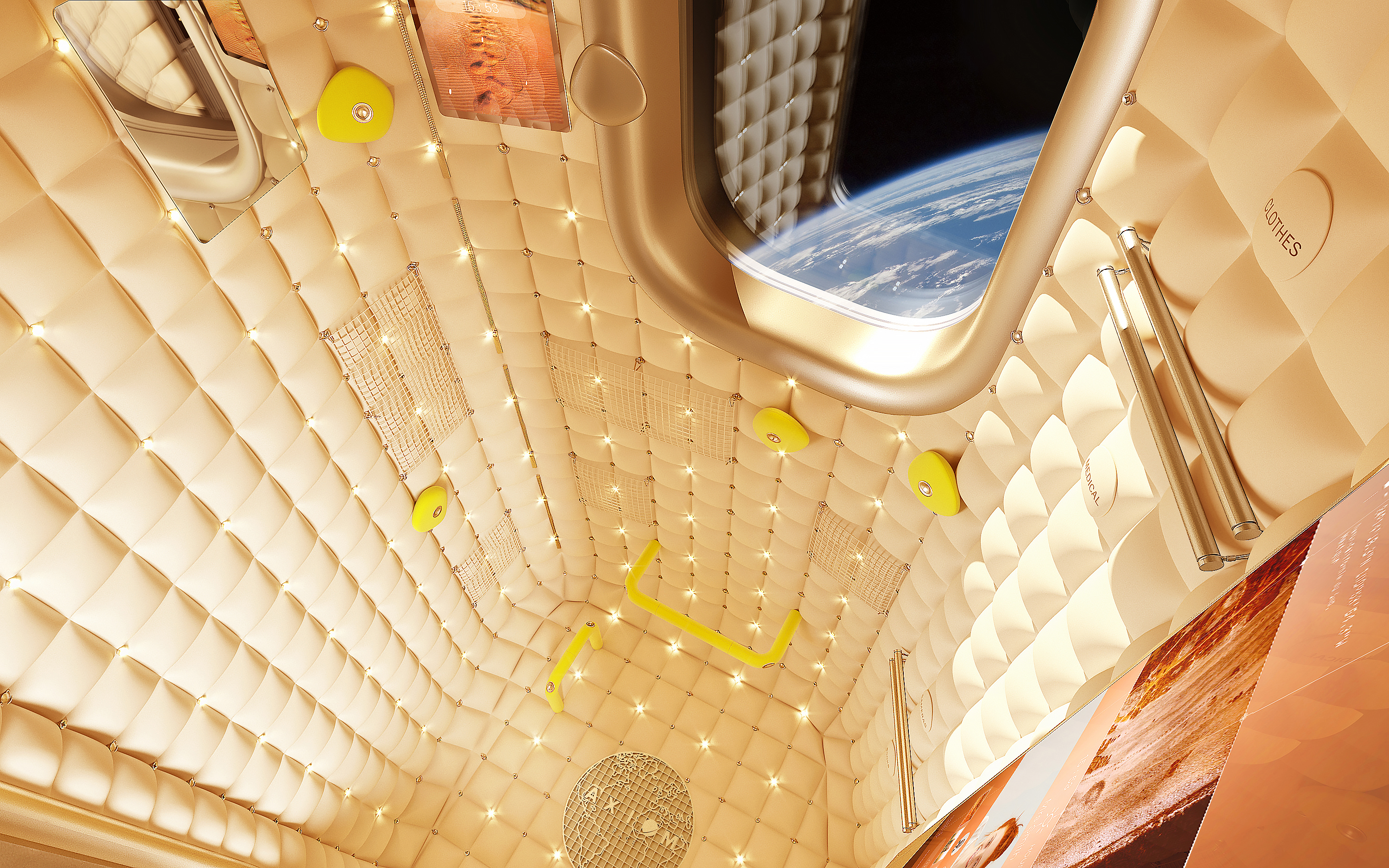The ISS is to get a new commercial habitable module (and it might be pretty cozy)

NASA has selected Houston-based Axiom Space to build and deploy a habitable module that will be attached to the International Space Station in the second half of 2024, it announced this week.
Why? NASA wants to open the ISS up to commercial opportunities. Last year, it finally started accepting bids from private companies that want to use the station’s resources and microgravity environment to test out new technologies, run different experiments, and even provide a potential destination for tourists looking for a short space getaway. As part of the new agreement, Axiom will attach a new kind of habitat module to the station’s Node 2 docking port, for at least five years (with a two-year option to follow).
The module: Neither NASA nor Axiom has released much information about the module, but it’s a safe bet it will be modeled after the company’s Axiom Station concept: a privately owned platform designed for habitation in low Earth orbit.
The habitation module in Axiom Station was designed by French designer Philippe Starck as a “comfortable and friendly egg.” It features a cushioned interior and hundreds of small LEDs that provide optimal lighting and color. Axiom says its ISS segment will include a crew habitat, a research and manufacturing space, and a large windowed component for viewing Earth.
Other habitats: This won’t be the first time an experimental module has docked with the ISS. Bigelow Aerospace already has an inflatable module, BEAM, docked with the station since 2016.
Deep Dive
Space
How to safely watch and photograph the total solar eclipse
The solar eclipse this Monday, April 8, will be visible to millions. Here’s how to make the most of your experience.
How scientists are using quantum squeezing to push the limits of their sensors
Fuzziness may rule the quantum realm, but it can be manipulated to our advantage.
The great commercial takeover of low Earth orbit
Axiom Space and other companies are betting they can build private structures to replace the International Space Station.
Stay connected
Get the latest updates from
MIT Technology Review
Discover special offers, top stories, upcoming events, and more.